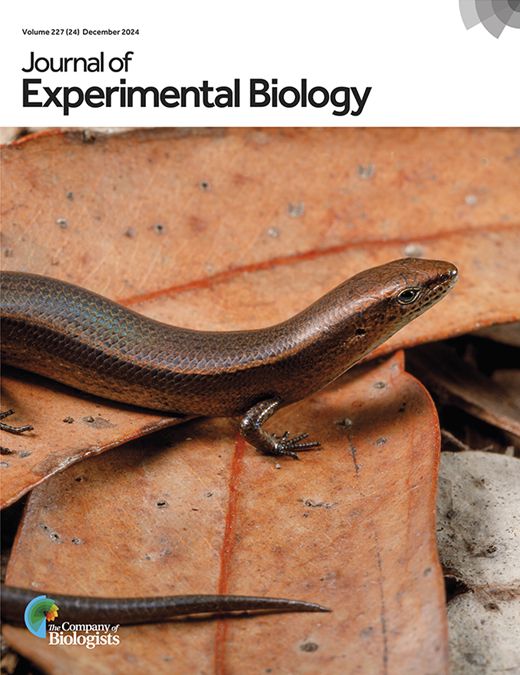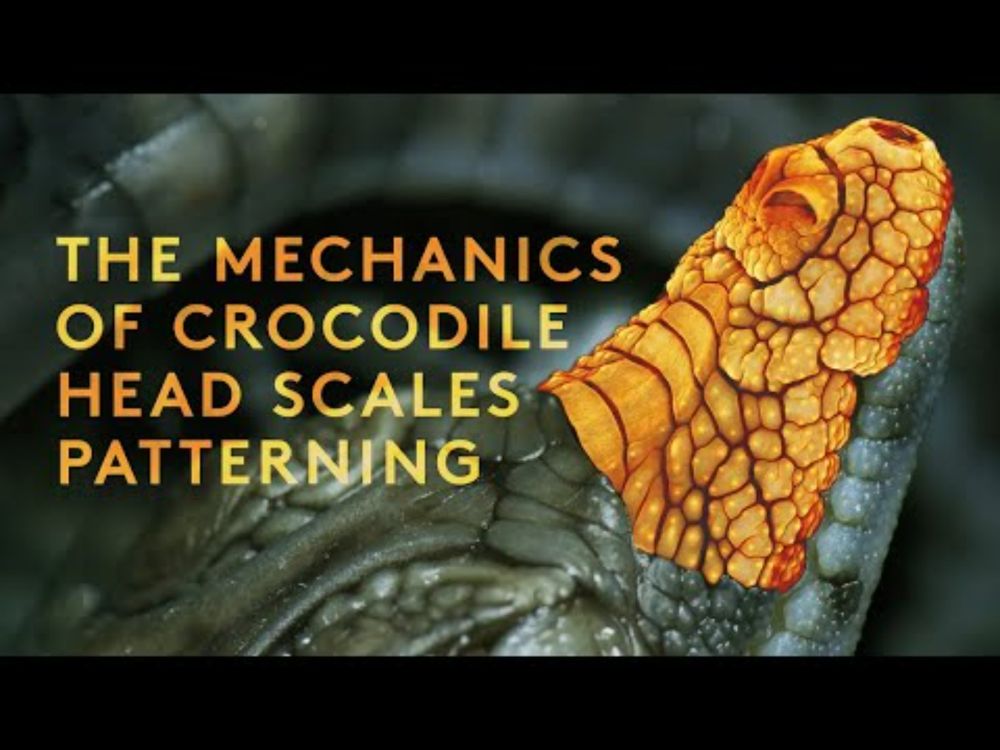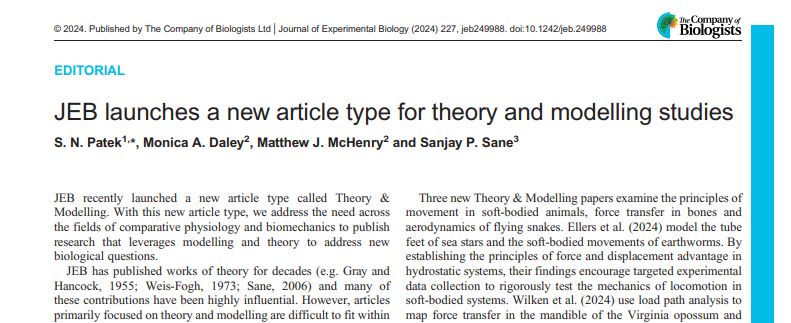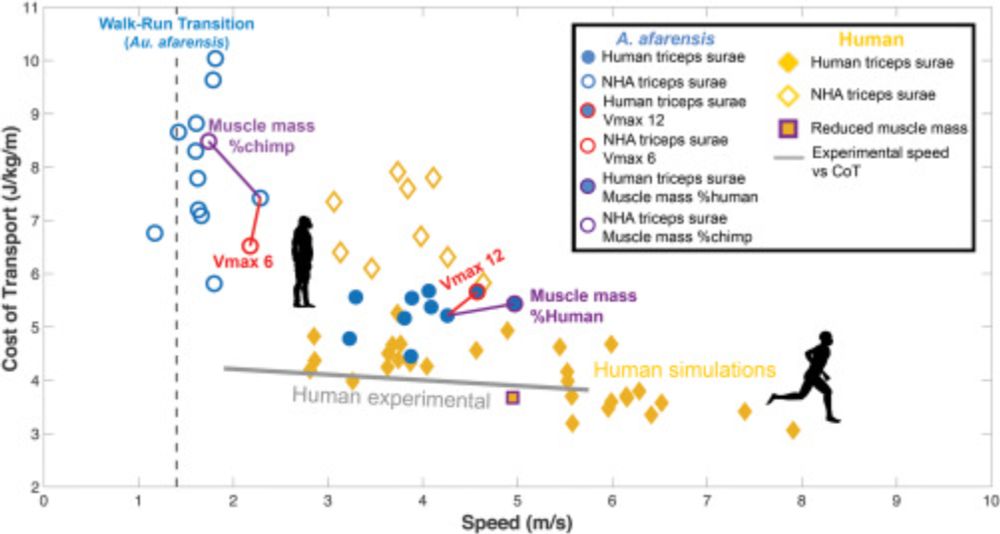Yuting Lin
@tinandemu.bsky.social
53 followers
47 following
18 posts
PhD student @RoyalVetCollege & @UCL | Vet-trained biomechanist | evolutionary biomechanics, postural transitions, computational modelling, anatomy⚙️ 🦴 🦤
Posts
Media
Videos
Starter Packs
Pinned
Yuting Lin
@tinandemu.bsky.social
· Jan 8

Hindlimb kinematics, kinetics and muscle dynamics during sit-to-stand and sit-to-walk transitions in emus (Dromaius novaehollandiae)
Summary: The dynamics, biomechanical constraints and musculotendinous coordination strategies during the sit-to-stand/walk transitions for a large bipedal bird – the emu – inform morphology, evolution...
journals.biologists.com
Reposted by Yuting Lin
Yuting Lin
@tinandemu.bsky.social
· Jan 10
Reposted by Yuting Lin
Yuting Lin
@tinandemu.bsky.social
· Jan 8
Yuting Lin
@tinandemu.bsky.social
· Jan 8
Yuting Lin
@tinandemu.bsky.social
· Jan 8
Yuting Lin
@tinandemu.bsky.social
· Jan 8
Yuting Lin
@tinandemu.bsky.social
· Jan 8
Yuting Lin
@tinandemu.bsky.social
· Jan 8

Hindlimb kinematics, kinetics and muscle dynamics during sit-to-stand and sit-to-walk transitions in emus (Dromaius novaehollandiae)
Summary: The dynamics, biomechanical constraints and musculotendinous coordination strategies during the sit-to-stand/walk transitions for a large bipedal bird – the emu – inform morphology, evolution...
journals.biologists.com
Reposted by Yuting Lin
Reposted by Yuting Lin
Reposted by Yuting Lin








